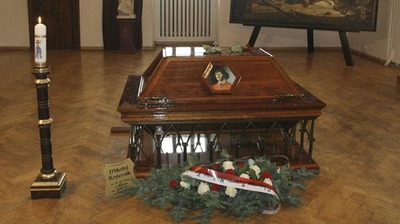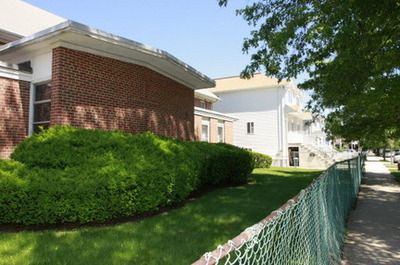
You never know how history will see your life 500 years down the road. Witness the case of Copernicus:
Nicolaus Copernicus, the 16th-century astronomer whose findings were condemned by the Roman Catholic Church as heretical, was reburied by Polish priests as a hero on Saturday, nearly 500 years after he was laid to rest in an unmarked grave.
His burial in a tomb in the cathedral where he once served as a church canon and doctor indicates how far the church has come in making peace with the scientist whose revolutionary theory that the Earth revolves around the Sun helped usher in the modern scientific age.
Copernicus, who lived from 1473 to 1543, died as a little-known astronomer working in what is now Poland, far from Europe’s centres of learning. He had spent years labouring in his free time developing his theory, which was later condemned as heretical by the church because it removed Earth and humanity from their central position in the universe.
His revolutionary model was based on complex mathematical calculations and his naked-eye observations of the heavens because the telescope had not yet been discovered.
After his death, his remains rested in an unmarked grave beneath the floor of the cathedral in Frombork, northern Poland, the exact location unknown.
On Saturday, his remains were blessed with holy water by some of Poland’s highest-ranking clerics before an honour guard ceremoniously carried the coffin through the imposing red brick cathedral and lowered it back into the same spot where part of his skull and other bones were found in 2005.
A black granite tombstone now identifies him as the founder of the heliocentric theory, but also a church canon, a cleric that ranks below a priest. The tombstone is decorated with a model of the solar system, a golden sun encircled by six of the planets.
Read the link for the rest.

